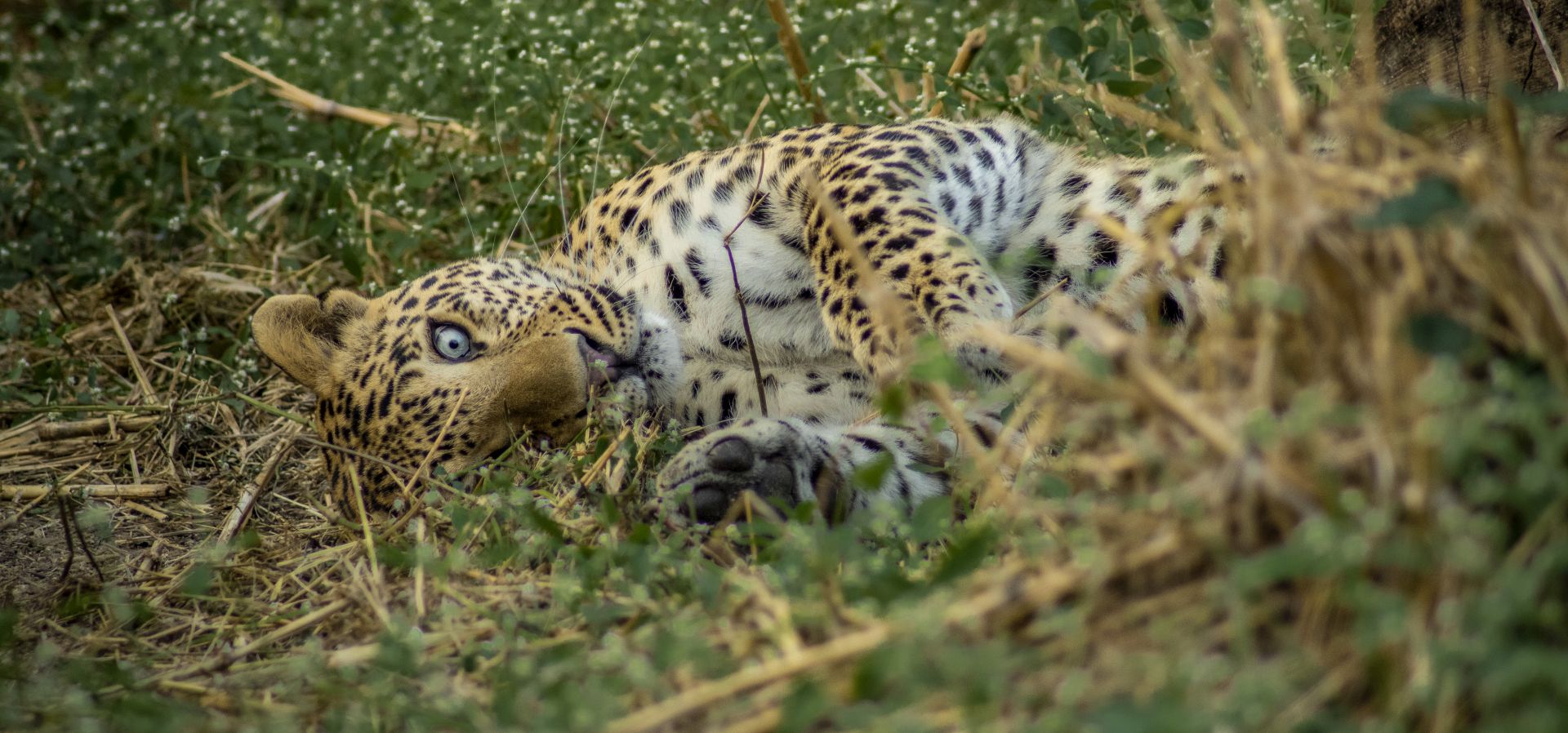We were all told tales as children – many of which are considered superstition and relatively harmless. Growing up in India, we’ve often heard things like “don’t stray across the path of a black cat,” or “an itch on the palm means wealth is headed your way” and the like.
Amongst many others, our country’s wildlife has faced a rising threat from superstitious beliefs over the years, and these are far from innocuous. From the belief that elephant tusks and elephant hair bring good luck to the faith that sacrificing owls in rituals can bring fortune – many such concepts continue to exist even today, endangering the lives of countless wild animals across the country. This can affect entire ecosystems, and despite a strong legal framework in place, these unfortunate practices continue under the radar.
Here are some commonly believed superstitions that affect some of the animals’ Wildlife SOS works with:
Bengal Tiger: The claws of a tiger are believed to bring good luck, and the genitals are believed to be aphrodisiacs. Tiger pelts are in great demand in the black market and so are their teeth and whiskers, which are said to ‘ward off the evil eye’.
The Bengal Tiger is protected under Schedule I of the Wildlife Protection Act, 1972 but despite the strong level of protection granted by the law of the land, these big cats continue to fall prey to threats such as jaw traps, snares, electrocution, poisoning and illegal wildlife trade. Our anti-poaching unit ‘ForestWatch’ has assisted enforcement authorities in busting many poachers in the past resulting in the recovery of tiger skins, claws and other wildlife contraband from these traffickers.
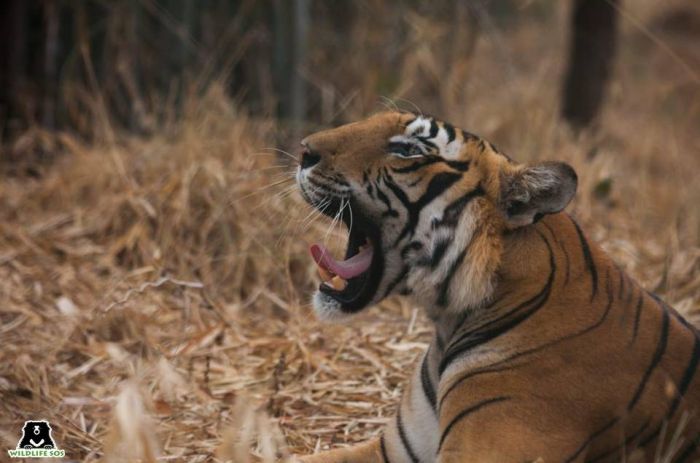
Red Sand Boa: Red sand boas have various superstitious myths and beliefs attributed to them because of their double-headed appearance and are often referred to as “Do muha” in Hindi.
This particular snake species is in danger of mass smuggling as there is a very high demand for them in China and Nepal, and even in western countries. In India, where the superstitious practice of snake charming still exists, people are often misguiding into believing that a sighting of these ‘two-headed’ snakes can bring good luck to households. These snakes are highly coveted and sold in the country’s black markets because of such blind faith. Red sand boas are protected under Schedule IV of the Wildlife Protection Act, 1972.
Every year, especially during the month of Shravan (monsoon), Wildlife SOS rescues countless snakes in terrible conditions from snake charmers and rehabilitates them into their natural habitats upon recovery.
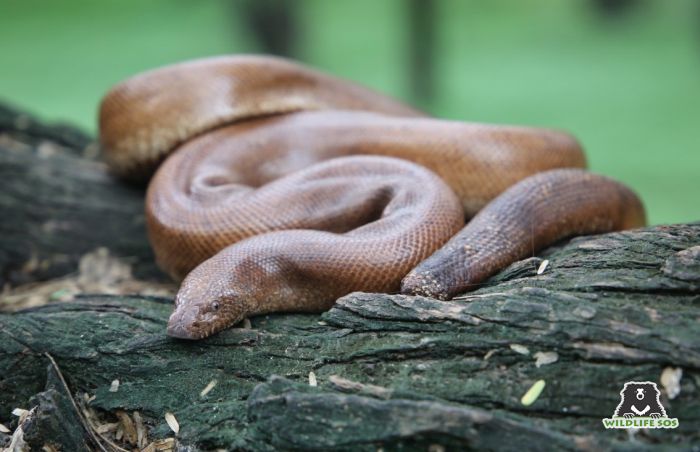
Cobra snake: The Cobra is one of the most revered animal species in India, and at the same time highly feared as it is one of the deadliest snakes found in the country. There is also a long string of baseless beliefs attached to their existence leading to escalating incidents of conflict with humans. A major part of the superstition stems from snake charmers who use cruel methods such as sewing and taping the mouth of the snake, or by breaking their fangs in order to render them “safe” or “harmless”.
Every Naga Panchami, cobra snakes are offered milk in the belief that they will drink it. In reality, snakes cannot digest milk at all! Their venom glands are often brutally removed by snake charmers so that they can be exhibited to large crowds – confused and dehydrated. The Cobra snake is protected under Schedule II of the Wildlife Protection Act, 1972.
Wildlife SOS is well-equipped to deal with rescues involving highly venomous snakes like the Cobra. Countless Cobras are still found languishing, neglected, starved and dehydrated, in snake charmers’ baskets, their venom glands and fangs brutally mutilated or removed to reduce the dangers to the handler.
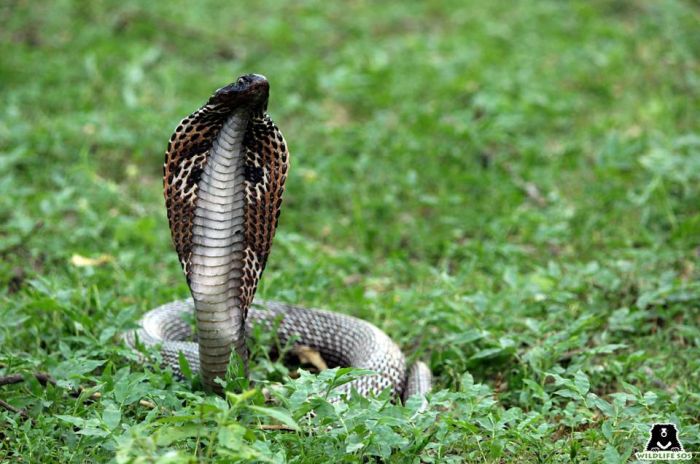
Indian Star Tortoise: The Indian star tortoise is considered to be a symbol of good luck. It is also believed to hold great value in traditional eastern medicine and its meat is considered a delicacy in other places, thus making it a highly coveted option for poachers looking to make a quick buck. Every year, tens of thousands of star tortoises are poached from the wild and smuggled via railway, airplanes, or even ships nationally and globally. There is also a high demand for Indian Star tortoises in the exotic pet trade as they have a unique star-like radiating pattern on their carapace (shell).
This species is protected under Schedule IV of the Wildlife Protection Act, 1972 and is listed as ‘vulnerable’ by the International Union for Conservation of Nature (IUCN). At the 2019 CITES summit, they were moved from Appendix II to Appendix I status after a vote by a majority by nations participating in CITES. While hopes soar that these measures can provide more protection to the tortoise both in India, where it’s illegal to own or trade them commercially, and internationally, worries persist due to the recent spike in the trade surrounding the species.
Wildlife SOS has successfully released 51 Indian star tortoises that are part of our Indian Star Tortoise Repatriation Project into their native habitats and has been monitoring them through a unique and innovative satellite telemetry study. These star tortoises were confiscated by authorities in Singapore, luckily before they were put on the black market to be sold as pets or food.
As a part of the research study, factors like health condition, body weight, behaviour patterns, adaptation to wild foraging etc are also being documented. The research team also tracks and monitor the movements and ranging patterns of the tortoises.
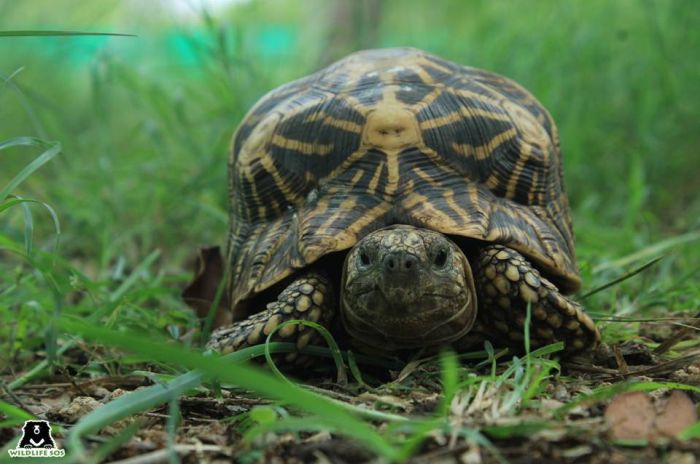
Golden Jackal: Very popular on illicit online markets, the ‘jackal horn’ is a talisman derived from the skull of a golden jackal. While conservation efforts are broadly focussed on more ‘charismatic’ species like tigers, lesser noticed animals like India’s golden jackals are facing the brunt of a more niche superstitious demand. The ‘jackal horn’ is believed to be a talisman to ward off ‘the evil eye’ and protect the wearer. Apart from this, jackal skins and tails are also in great demand.
Wildlife SOS frequently rescues Golden Jackals caught in conflict situations, trapped in borewells and from poachers’ snare and jaw traps. These traps are a very cruel way of trapping animals and often lead to grievous injuries or fatalities.
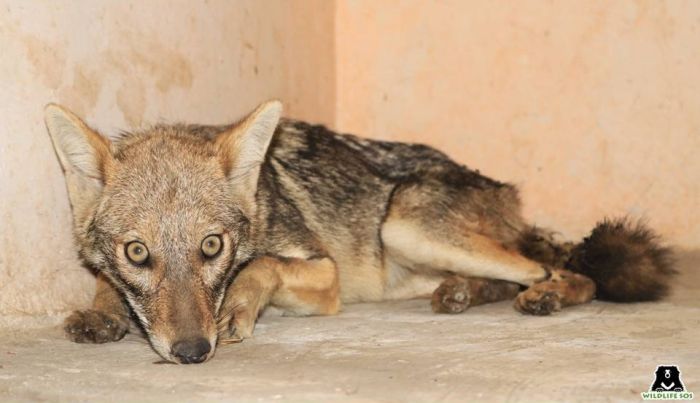
Leopards: The myths around big cats are fairly common, and the same is the case with the Indian leopard. Everything from its teeth to skin is considered to hold different mystical properties. People believe that keeping the teeth on one’s person offers protection and brings money. Leopards are accorded protection under Schedule I of the Wildlife Protection Act, 1972.
Wildlife SOS’ anti-poaching unit ‘ForestWatch’ has enabled the capture of many illegal leopard poachers through a vast network of informers and providing aid to enforcement authorities. Leopard skins and teeth are some of the contraband seized from these wildlife traffickers.
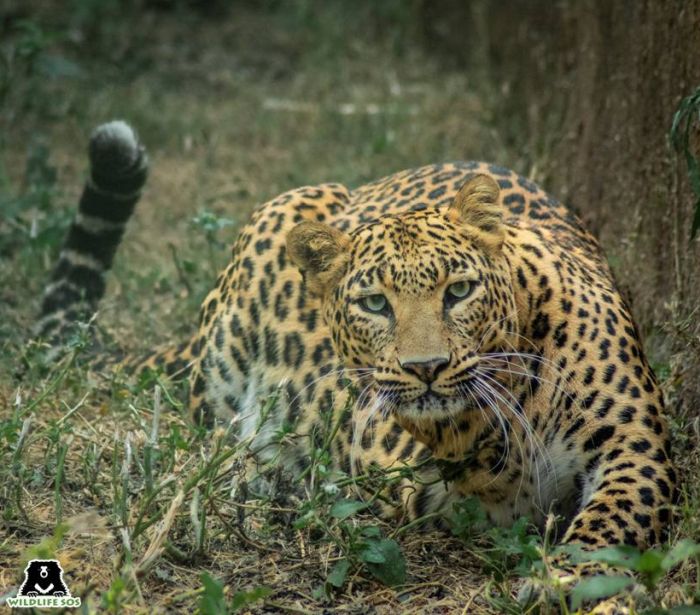
Monitor Lizards: These harmless reptiles face a mounting threat driven by human greed. The genitalia of monitor lizards are a black market craze. They are cut off and dried, which gives them the appearance of clasped hands, thus giving it the name Hatha Jodi. These are then sold to superstitious people as an auspicious root that apparently grants wishes! The lizards also suffer from poaching for their meat and skins—used to make craft drums and sandals. The lizards help control insect and rodent populations and are protected under Schedule I of the Wildlife Protection Act, 1972, and an international treaty that bans trade deemed to threaten an animal’s survival.
Monitor Lizards are amongst the animals we receive the largest number of calls for. These harmless lizards spark a panic due to ignorance, leading to rising cases of conflict.
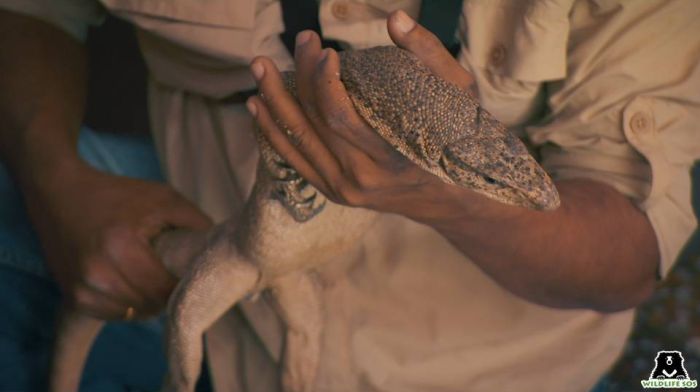
Indian Rock Pythons: Another hapless victim of the snake charming process, non-venomous rock pythons are often found, starving, dehydrated and exhausted, inside the cane baskets of snake charmers. They are also often sold as a part of the pet trade, and their appearance is very similar to the venomous Russel’s Viper, thus leading to their deaths at the hand of ignorant mobs. The Indian rock python is protected under Schedule I of the Wildlife Protection Act, 1972 and listed under Appendix I of the Convention on International Trade in Endangered Species of Wild Flora and Fauna (CITES), which regulates the international trade of wildlife species.
The Wildlife SOS hotline receives hundreds of calls regarding Indian Rock Pythons every year. Our Rapid Response Units are frequently called to aid in situations of conflict involving the rock python, thus confirming that awareness regarding reptiles is increasing.
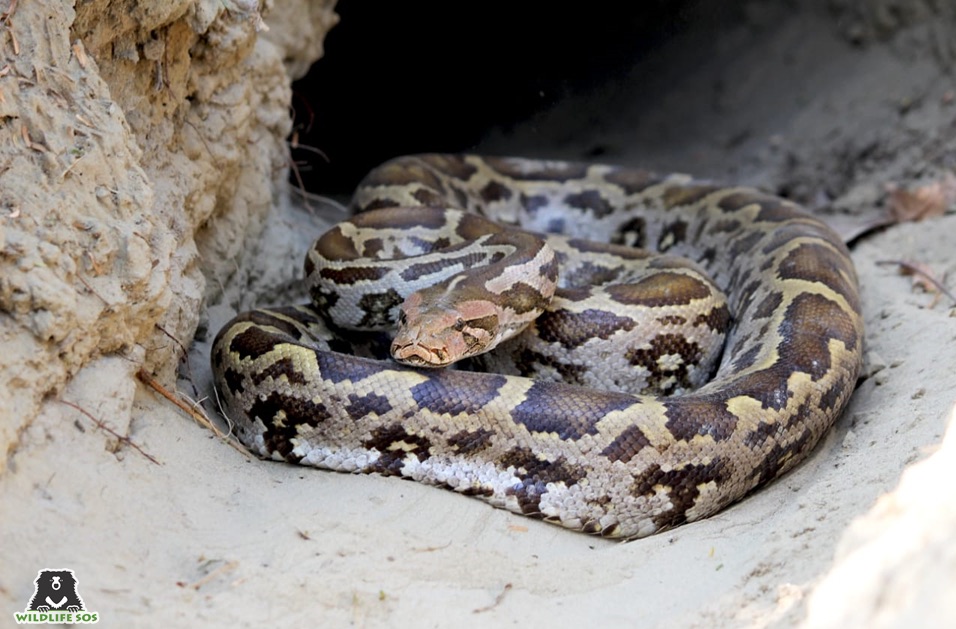
Indian Eagle Owl & Barn owl: Owls have been associated with folklore and mythology since time immemorial. They have always been associated with spooky tales and folklore, but a different set of religious beliefs in India threatens their survival. Driven by these beliefs, owls are poached for their body parts such as talons, skulls, bones, feathers, meat and blood, which are then used in talismans, black magic, traditional medicines etc.
Every year, countless owls face a cruel fate at the hands of poachers who are catering to ignorance and misguided beliefs, specially during festivals like Diwali and Dussehra. In India, owls are protected under the Wildlife Protection Act, 1972 and the International trade in owls is prohibited under the Convention on International Trade in Endangered Species of Wild Flora and Fauna (CITES).
There are a multitude of cases involving birds used for black magic that we face every year – our team in Gujarat, specially, comes across many such calls of aid as this and conducts many successful busts alongside enforcement authorities.
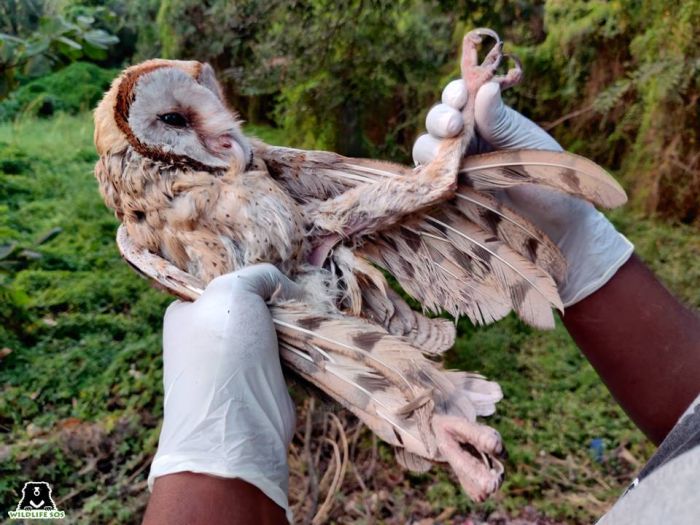
Striped Hyena: The Hyena is often vilified – the sound of its cackle and the fact that hyenas are scavengers and carrion eaters further helped to intensify the mythological component surrounding the species. In folklore, hyenas are said to be the mounts of witches – when they stop to feed on carrion, the witches are said to feed on the soul of the dead. These beliefs often lead to immense situations of conflict involving the hyena. In India, hyenas are victims of mobs and often undergo extremely horrifying trauma in conflict situations.
They are also faced with other threats such as poisoning, habitat destruction, highway and railway accidents, hunting and poaching for body parts etc. Hyena skins are illegally traded and body parts are used in traditional medicine. Wildlife SOS has rescued several hyenas that were injured in conflict situations or highway and railway accidents, and have been rescued victims of poachers’ snares and jaw traps.
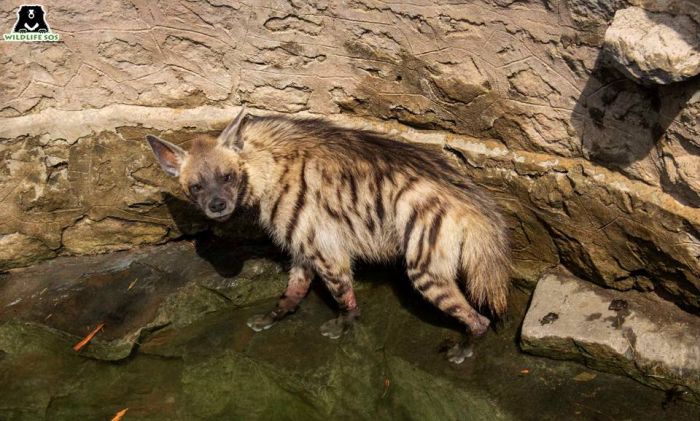
Pangolins: Last, but not the least in this list, is the Indian Pangolin. This elusive animal bears the unfortunate tag of being the world’s most trafficked species, with more than a million pangolins poached in the last decade alone. There are a multitude of myths surrounding this species, driving the demand for it.
Their meat is considered a delicacy and rings are made out of their scales to ward off evil spirits. Even in the wild, a pangolin will make use of its hard scales by rolling into a ball to ward off dangerous predators. The same logic is applied by those who believe pangolin scales can shield them from misfortune. The scales and meat of pangolin are considered to have therapeutic properties and are used in traditional eastern medicine. They are also believed to cure ailments ranging from asthma and psoriasis to cancer. India is home to two the eight pangolin species – the Indian pangolin and the Chinese pangolin. Both species are protected under Schedule I of the Wildlife Protection Act 1972 and the Indian pangolin is listed as ‘Endangered’ on the IUCN Red Data List, whereas, the Chinese pangolin is listed as ‘Critically Endangered’.
Wildlife SOS is consistently towards the protection of endangered species like Pangolins by spreading awareness about the animals and also conducting rescues from conflict situations. Our anti-poaching efforts are also directed towards making efforts to apprehend wildlife traffickers by working alongside enforcement authorities.
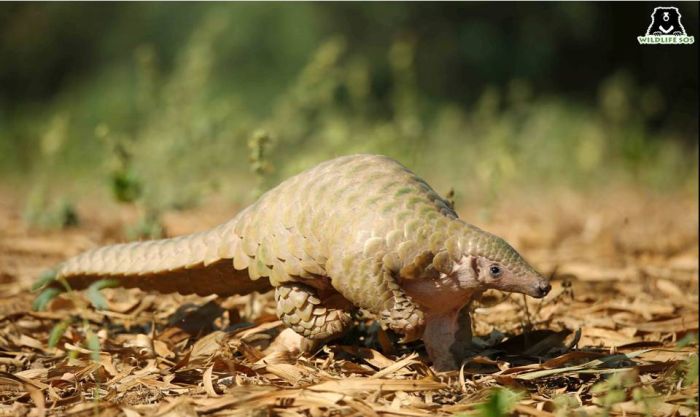
While superstitions can be extremely harmful to many wild animals, we’ve also seen examples of religious beliefs coming to the aid of certain animals by protecting and safeguarding their populations in the wild. Many communities in India life in tandem with the teeming wildlife that surrounds their settlements, and understand the importance of existing in harmony. It is important to understand that religious beliefs should be followed only when they lead to positive results, instead of the ritualistic massacres conducted in the name of superstition.

